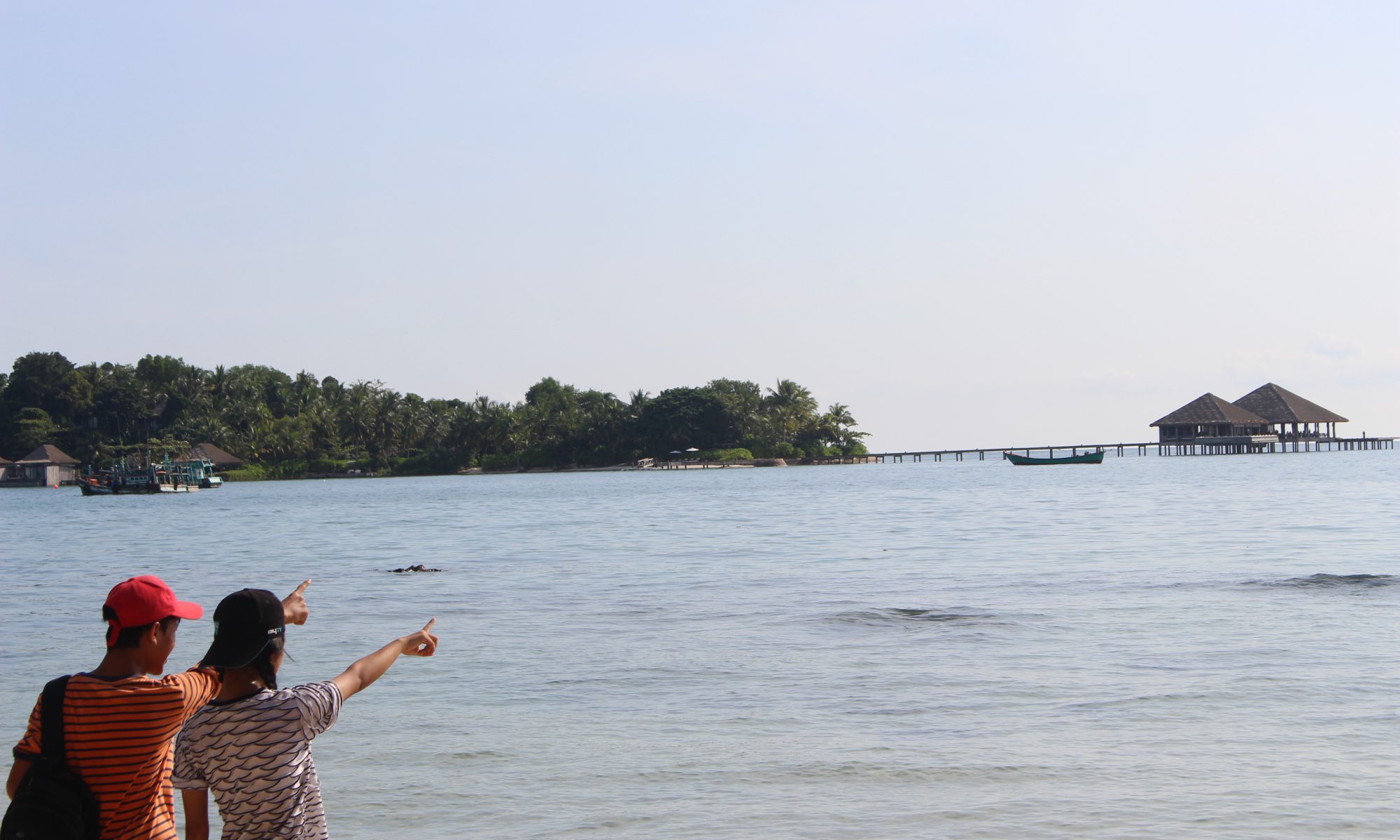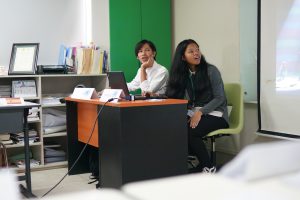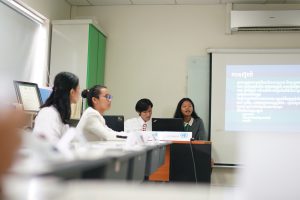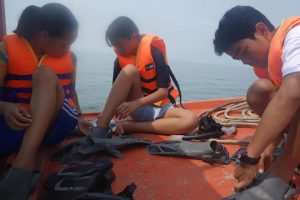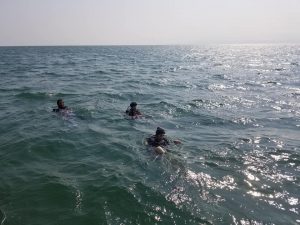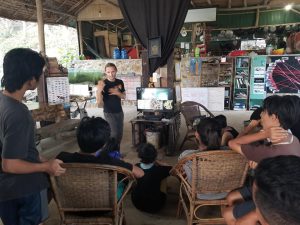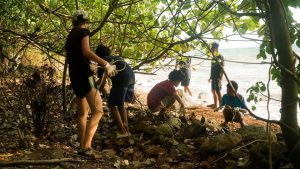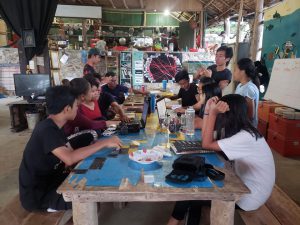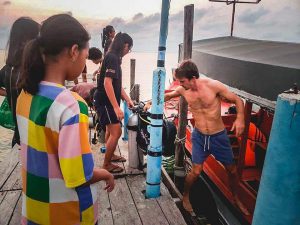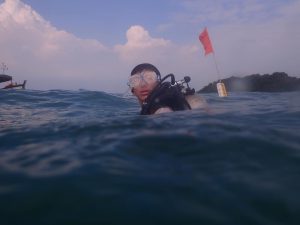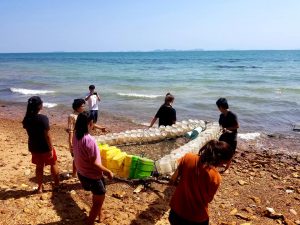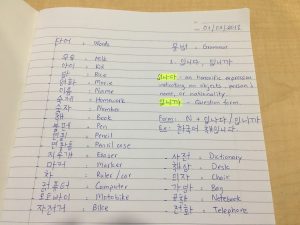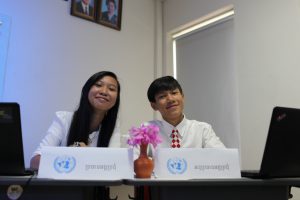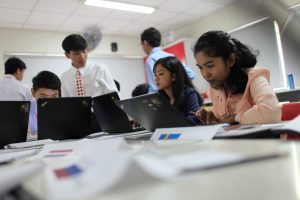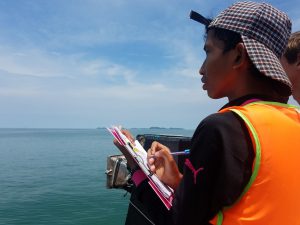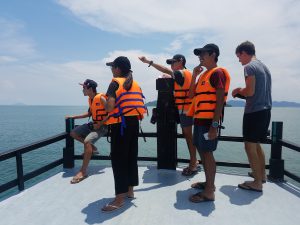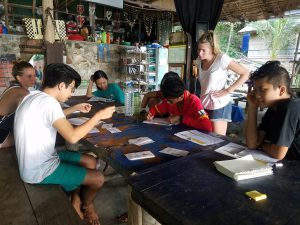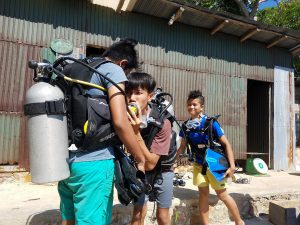What is a Change Agent?
What does it had to do with me or you?
What requires to become one?
Living in the Liger Leadership Academy‒for more than six years‒where I always deem it as my “second home,” I never know the true definition of the word “change agent.” Specifically, this year, countless projects, events, and opportunities continuously occur and I realize I have accomplished so much. From marine-science research, LMRT to cinematographic internship, Minor Act. From then on, there were preparations for those common three-letter, two-letter and five-letter tests: SAT, AP, and IELTS, respectively. Assuredly, I know these projects and tests somehow assist me to a better “future,” to the place where change exists. However, they are not the core of me as a person or change agent. There is something I feel which is deeper: addressing gender and sexuality via collaborative dialogues.
After I experienced the most confusing phase of my life‒trying to understand myself‒I finally know who I am. Therefore, I came out as bisexual. I remembered the sweats and tears I sacrificed, to uplift my courage so I could declare my sexuality. It was emotional and depressing, yet compelling and heartening. Beyond any doubts, in that indelible moment, it was when I thoroughly understood that identifying who I am, accepting who is me, and loving my own skin, the door which led me to “change” opens.
The aftermath of my coming out had been a wonderful ride: a roller coaster. Though there were ups and downs, I am still pushing myself through. The day I came out has impacted my life drastically; it motivated me to become the “voice of many” for the beloved people in my community, the LGBTQI+.
Last year, in 2018, I was one of the students in Gender Equity Exploration. It was the greatest opportunity for me to express my vulnerability by sharing my personal anecdotes and listen to others. As the exploration progressed, many touching gender-related discussions were held. Every member of Gender Equity was extremely keen to share their voice with interesting stories, critical perspectives, and intense gender-based questions. Excitingly, the team hosted a bilingual summit called “CHANGE” and invited students from private organizations and government schools to engage in various dialogues. Furthermore, the project created a blog for students to share their writings in the reflection of gender issues of contemporary society.
Since this exploration, I learned more about myself, others, and my country. I was so moved by every moment of the project and was inspired to share my thoughts through one of my written articles which I always resonate with, A Human or A Robot.
Recently this year, 2019, I participated in another summit that is similar to CHANGE led by my friends, Makara, called “Rainbow.” The intention of Rainbow is “to encourage people to provoke meaningful discussion, to embrace differences, and to inspire Cambodian youth to create positive change in their own communities about LGBTQI+.” Throughout the summit, I always feel empowered, respected, and loved. Specifically, with the participation from students and teachers all over the places across the country, the summit was simply powerful and mesmerizing.
Based on my experience from both spirited events, I notice the change within me; I see myself now becoming the advocate, the role model, and the support for people who conflict with their identity. Also, I notice the change in Liger community. Since the summits, I have been hearing many gender-based discussions between students, facilitators, and staff. Eventually, I notice the change in my country, Cambodia. Those youths who wholeheartedly joined CHANGE and Rainbows are now back at their communities, sharing what they have learned and disseminating the messages to their family, neighbors, friends, and others.
Without a doubt, voice has clearly impacted me, my community, and the people of my country. After I let myself sifting through every moments that have influenced me‒from my coming out, to the summits‒I found the key to unlock the question I was incapable to answer: What is a Change Agent?
My true definition of Change Agent is understanding explicitly who you are before understanding others. By knowing the real essence of you, you actually widen your path to creating change. By sharing your voice and stories, you actually give others the permission to share theirs. Undoubtedly, lack of self-awareness and not knowing who you truly are cause change to be unattainable. Therefore, start asking yourself. Who am I? What do I want? What can I do to get it?
